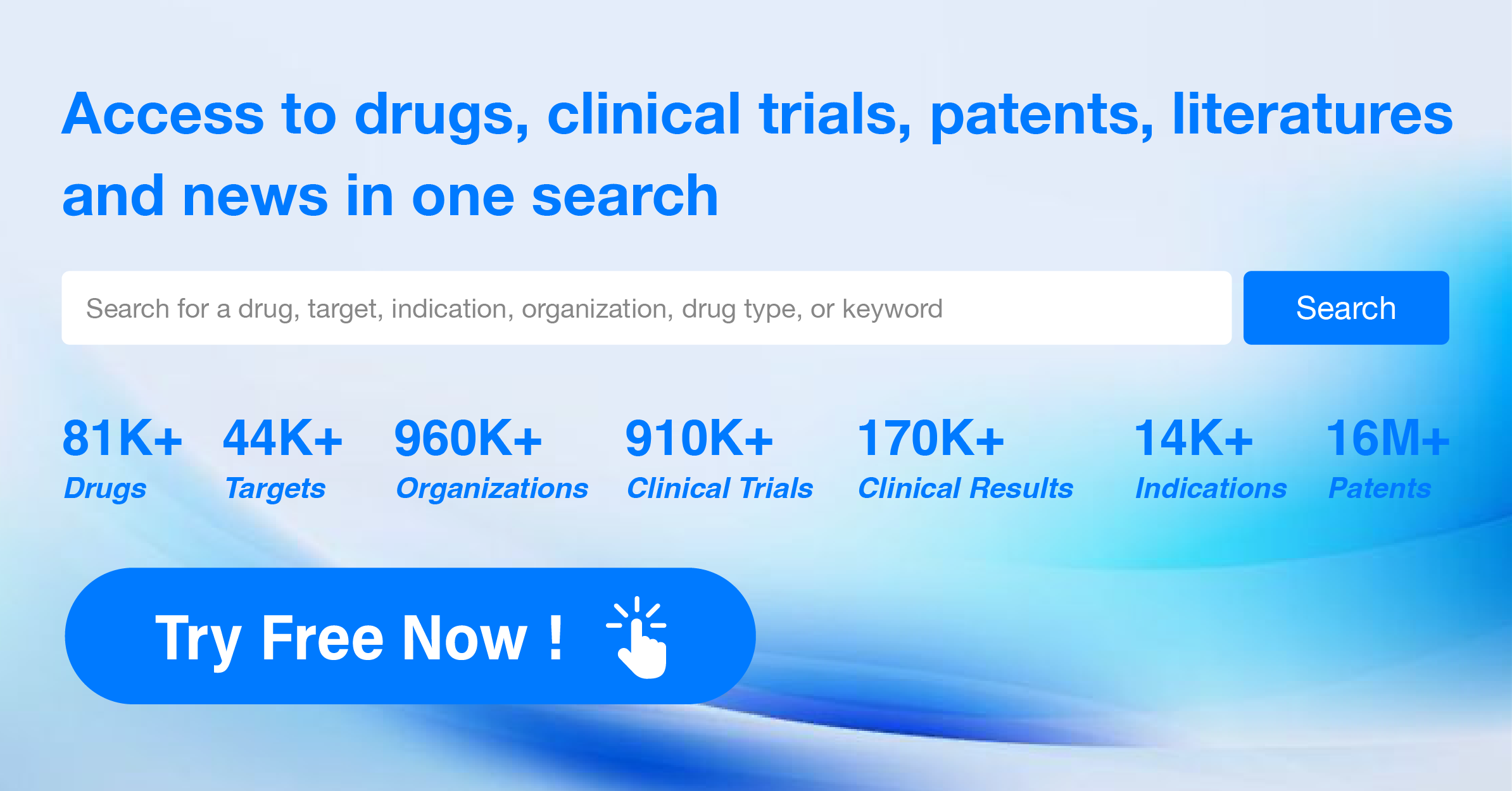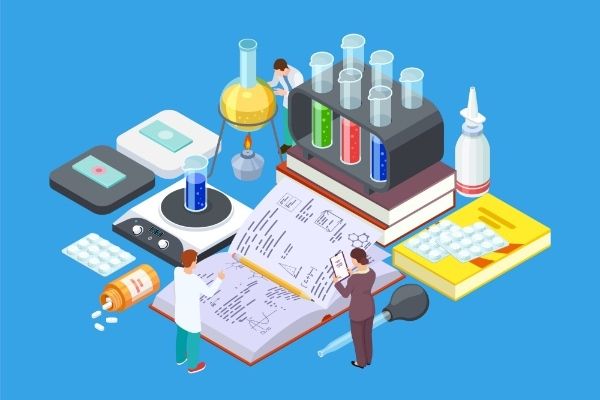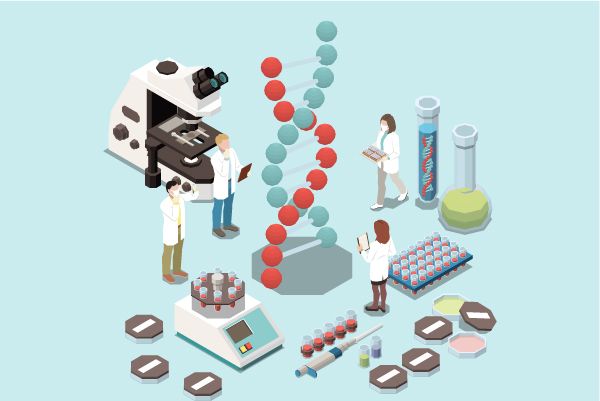Why do 90% of clinical trials fail?
The reasons for clinical trial failures are varied and complex, and it's important to clarify that not exactly 90% of clinical trials fail; this figure is an approximation that conveys the high attrition rates in drug development, particularly during the transition from preclinical studies to human testing and through the phases of clinical trials. Here are some common reasons for clinical trial failures:
·Lack of Efficacy: Many drugs show promising results in preclinical studies but fail to demonstrate a therapeutic effect in humans that is significant enough to justify their use.
·Adverse Events: Some drugs may cause side effects or toxicities that are unacceptable or outweigh the potential benefits, leading to the termination of trials.
·Design Flaws: Poorly designed trials with inadequate sample sizes, incorrect choice of primary endpoints, or improper patient selection can lead to inconclusive or negative results.
·Regulatory Hurdles: Changes in regulatory requirements or the emergence of new safety concerns during the trial can lead to failure.
·Biomarker and Endpoint Misidentification: Relying on biomarkers that do not accurately predict therapeutic response or selecting endpoints that are not clinically meaningful can result in trials not meeting their objectives.
·Lack of Patient Adherence: Patients may not comply with the treatment regimen, which can affect the outcome of the trial.
·Safety Concerns: Unforeseen safety issues may arise during the trial that are severe enough to halt further testing.
·Economic Factors: The high cost of clinical trials and the need for a favorable risk-benefit analysis can lead to the discontinuation of trials if the potential return on investment is not deemed sufficient.
·Competitive Landscape: The presence of effective existing treatments or the emergence of superior competing drugs can make it difficult for a new drug to gain market approval.
·Statistical Variability: The natural variability in patient responses can sometimes lead to results that are not statistically significant, even if the drug has a real but small effect.
·Market Factors: Even if a drug is proven effective, it may not be commercially viable due to factors such as pricing, insurance coverage, and the availability of alternative treatments.
The high failure rate in clinical trials is a reflection of the complexity of human biology and the stringent requirements for safety and efficacy in drug development. It underscores the importance of rigorous testing and the need for continuous improvement in trial design and execution to increase the likelihood of success.




